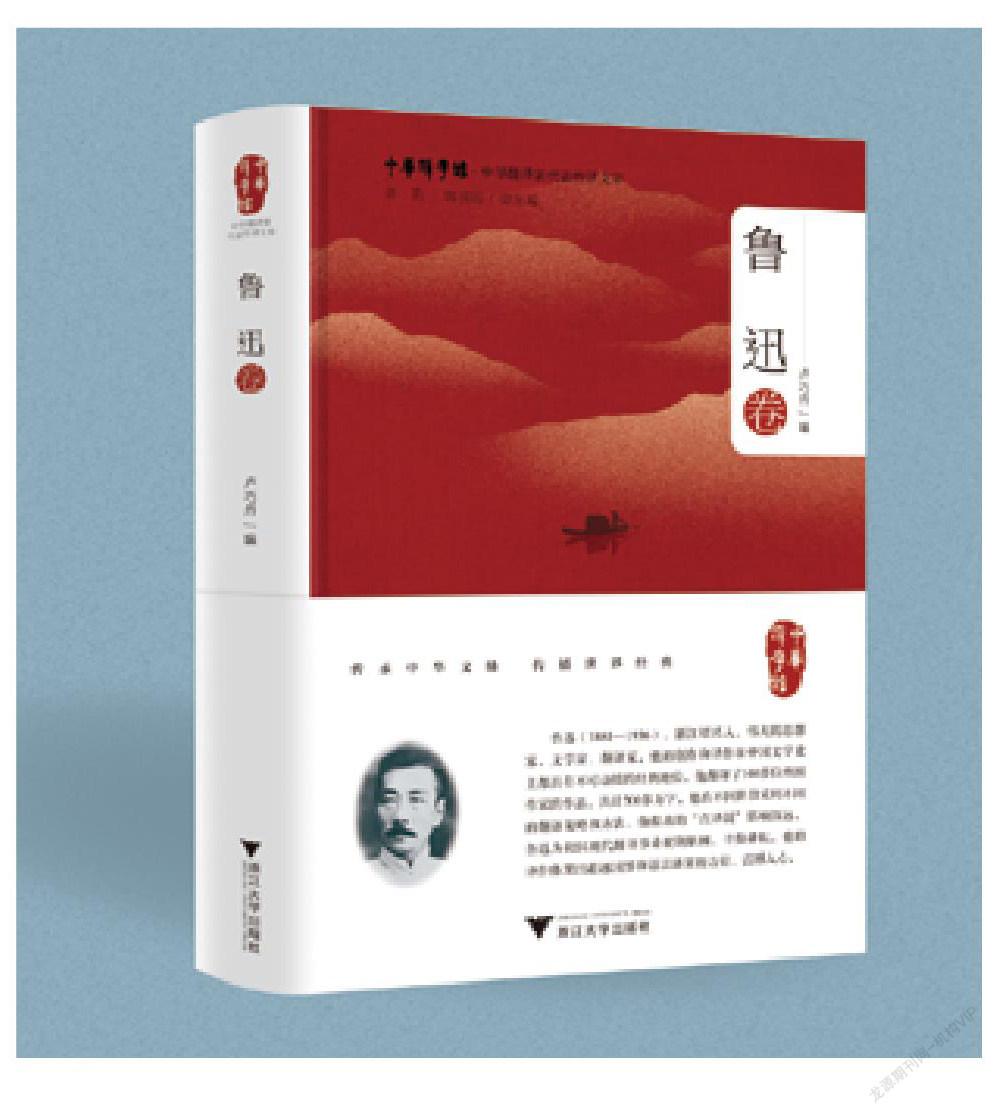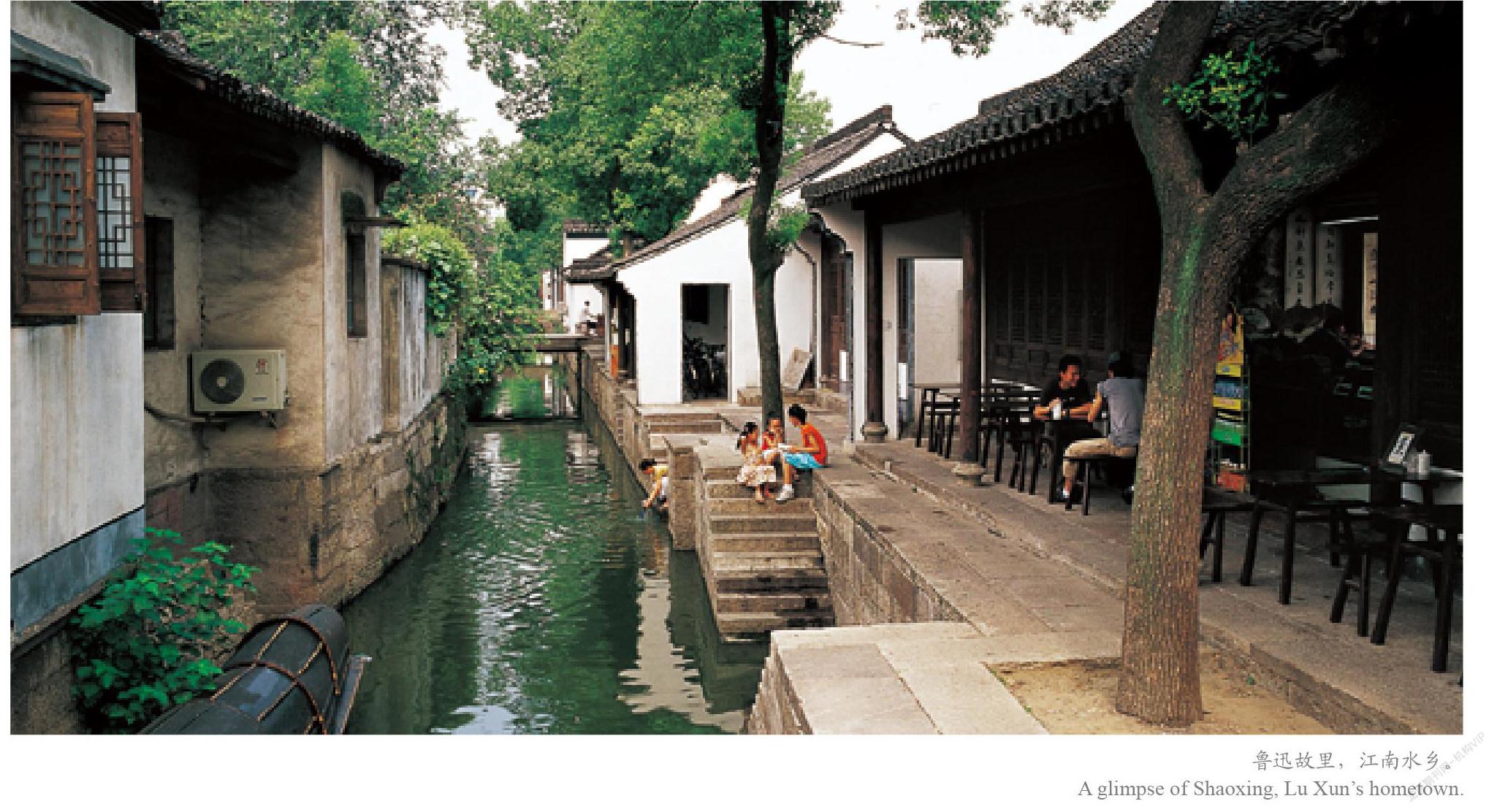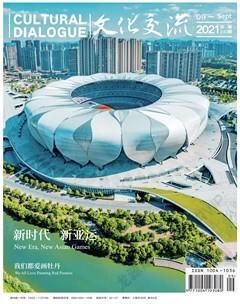别求新声于异邦
焦雨菲


鲁迅的文学生涯离不开翻译。甚至可以说,如果没有鲁迅的翻译,也就没有他的创作。《中华翻译家代表性译文库 · 鲁迅卷》从福建教育出版社出版的八卷本《鲁迅译文全集》这一目前收录最全面、校订最精良的鲁迅翻译著作全集中编选出最具代表性的译作,全面多样地展现鲁迅翻译的发展轨迹,供广大文学爱好者一窥鲁迅译著的风采。
全书共分为四编,从小说、儿童文学、剧本与诗歌、文艺随笔与文艺理论四个方面详略得当地介绍了鲁迅的代表性译作,除译作外还收录了部分序跋以展示鲁迅本人对翻译的见解。相较于《鲁迅译文全集》这样的大部头,《中华翻译家代表性译文库 · 鲁迅卷》更适合普通的文学爱好者阅读。读罢全书,读者不仅可以在译作中感受到鲁迅的翻译思想,还可以借助鲁迅本人的翻译见解更加深入地了解鲁迅的翻译策略、翻译目的,体悟鲁迅译作经久不衰的原因并重视鲁迅翻译的时代价值。
小说编是全书占篇幅最大的一编,也是放在首要位置的第一编。本编收录了鲁迅自1903年翻译《月界旅行》至1935年10月翻译出版《死魂灵》期间具有代表性的小说译作,基本涵盖了鲁迅翻译思想演变三个时期的代表性作品。在全书中,本编对鲁迅翻译思想的变化体现得较鲜明,内容也较丰富。
《月界旅行》为鲁迅早期翻译作品,彼时他推崇科幻小说对民风民智的开化启新作用。这一翻译倾向主要来源于晚清梁启超等维新派人士的观点与想法,即引进西方先进的文明与文化以开阔国民的眼界。与此同时,鲁迅此时的翻译方式延续了晚清林纾等人所倡导的意译风格,《月界旅行》原书与鲁迅所参考的井上勤译本均为二十八章,鲁迅将其编译为十四回,参用文言,采取了章回体的传统叙述方式。
及至《域外小說集》,鲁迅的翻译思想发生了很大的转变。首先,鲁迅翻译早期的选题主要是科幻文学,选材目的是“导中国人群以进行”,后逐渐将目光关注于弱小民族文学,取材目的是“要传播苦痛的呼声和激发国人”,取材对象的重心发生了变化。其次,翻译对象由中长篇小说转变为在创作手法以及审美趣味上都与中国传统小说大相径庭的现代短篇小说,推动了中国小说的现代化发展,使之结合外国文学走向了文艺创新。第三,在翻译方式上,鲁迅抛弃了意译的方式,转而采用“硬译”进行几乎是镜像化的对照翻译,追求极致的“信”来达到对文本的忠实翻译,甚至可以说是“宁信而不顺”。如鲁迅译《罗生门》的最后一句为“家将的踪迹,并没有知道的人”就是对日语原文的“硬译”,它在语序上不符合中文语序,用词也更贴近日语,难免显得有些佶屈聱牙。然而鲁迅“硬译”的目的不仅在于输入新的内容,即引入外国文学中新的内容和思想,更在于输入新的表现手法、构建新的现代汉语语法体系。在此期间,他的翻译语言也发生了很大的转变,从文言文变为白话文,并增加了大量的舶来词。
在翻译取材上的不断变化以及翻译方式、翻译语言上的不断改进使得鲁迅译作先是由近乎是创造的意译变为镜像般的硬译,由“归化”变为“异化”,而后再逐渐发展为在首先强调信的前提下信、顺兼顾。这不仅引领了翻译理论的发展,也推动了现代汉语、现代文学的进步。
此外本书的编排也十分巧妙——先从鲁迅的长篇小说译作中选取不同时期的知名译作,然后再将鲁迅的经典短篇小说译作逐一按照出版年代排列。从早期译作《月界旅行》和晚期译作《死魂灵》的编选来看。两者产生了跳跃般的反差感,给人以强烈的冲击力,表现出鲁迅翻译著作前后风格的大变化,而随后短篇译作的编选恰好是对鲁迅翻译思想发展轨迹的补充阐释。同时,本书辅以细致的题注为普通文学爱好者提供了充足的背景资料,在保证译文全面、多样、经典的同时,尽可能多地辅助读者理解,使读者读罢整编后再自行细细思考,更能把握鲁迅翻译思想变化的脉络,重视鲁迅经典译作经久不衰、历久弥新的启示价值。
翻译与创作是鲁迅文学中不可分割的一体两翼,它们互相影响、共同发展。在中学语文的鲁迅专题学习中,我们更多接触到的是鲁迅小说与杂文,对鲁迅的译作知之甚少。其实,鲁迅在小说创作中所采取的很多写作手法都有他译作的影子,可以说,翻译是鲁迅文学的起点之一。“没有拿来的,人不能自成为新人,没有拿来的,文艺不能自成为新文艺”,藉此,鲁迅于异邦中求得新声,由译介推动创作,放眼世界文学,关注弱小文学,并从中开拓出中国文学和社会发展新的道路。我们因此不仅有机会阅读《竖琴》《连翘》《复仇的话》等外国文学开阔视野,还可以从更新迭代的本国文艺中汲取振奋人心的力量。翻译家好比是文化间的桥梁,而鲁迅的特殊之处在于他不仅有作为翻译家的忠实与广博,更有作为作家的不断创造与不断开拓。翻译求得的异域“新声”日积月累,带来了中国文艺的“新生”,也带来了中国思想的“新生”。
Seeking New Inspirations in Foreign Cultures
By Jiao Yufei
Popularly known as one of the greatest contemporary writers, Lu Xun is also an extraordinary translator. One might say that his literary writings cannot exist without his translations. By reading The Representative Translation Library of Chinese Translators: Lu Xun Volume, not only can readers have a glimpse into Lu Xuns translations, they can also gain a deeper understanding of his translation strategies and purposes.
The book is divided into four parts, including novels, childrens literature, and plays and poems that Lu Xun translated, as well as literary essays and literary theories, and introduces Lu Xuns representative translations and his translation “theories”. In addition, a number of prefaces and epilogues he wrote were also selected to show Lu Xuns views on translation.
Take the “novels” of the book for example, the first and arguably the most important part of the book. Its selections range from Lu Xuns first translated book From the Earth to the Moon (by Jules Verne) to Dead Souls (by Nikolai Gogol). One might find that some of these were translated in classical Chinese (wenyan), while others were done in vernacular Chinese (baihua), a fact that is revealing when it comes to the changes of Lu Xuns translation aims.
Indeed, examining his translated works, we can clearly see several turns during Lu Xuns “career” as a translator. When he first introduced From the Earth to the Moon to the Chinese readers, it was a time when science was held in high regard, as it was believed “science can save the country”, and Lu Xun hoped the introduction of science fiction could help achieve that purpose. This translation trend was mainly derived from the ideas of Liang Qichao (1873-1929) and other reformists of the late Qing dynasty (1616-1911), as they eagerly brought in Western ideas and culture to broaden peoples horizons. Gradually, Lu Xuns focus changed to Japanese and Russian literature, for instance Rashōmon and Dead Souls. Apart from that, his translated works changed from novels and novellas to modern short novels, which were very different from traditional Chinese novels in terms of writing techniques and aesthetic tastes. This encouraged the modernization of Chinese literature and its integration with foreign literature towards more literary innovation.
Besides, Lu Xuns translation style had undergone quite some changes during the process. In the early years, he followed the fashion of free translation advocated by Lin Shu (1852-1924), who made available nearly 200 works of Western literature to a whole generation of Chinese readers, despite not knowing any foreign language. Later, he abandoned this approach, and instead practiced the literal approach, to the extent that the translated works read like a Chinese mirror of the original. Although these works might not flow as smoothly as readers would have preferred, Lu Xun had his intended purposes. By translating these foreign literary works, he was trying to introduce into China not only new ideas and new thoughts from abroad, but also new words, new expressions and new grammar, so as to build a modern Chinese language system. It was during this period that his linguistic choice took a turn, changing from classic Chinese to vernacular Chinese, and his works were filled with loanwords. The emphasis on faithfulness to the source texts promoted the development of translation theories and methods, as well as the progress of modern Chinese language.
The Representative Translation Library of Chinese Translators: Lu Xun Volume provides sufficient background information for the general literature lovers with detailed footnotes, ensuring that the translations are comprehensive, varied and classic while aiding the readers understanding as much as possible. After reading the whole book, the readers will be aware of the sublime value of Lu Xuns translations, rethinking the enduring power of his works in the meantime.
To appreciate Lu Xuns literary career in full, one must look at both his original and translated works, as they influenced and helped develop each other. In fact, Lu Xun learned many a writing skill in his translations and tried to apply them in his literary creations, so it is necessary to attach great importance to his translated works. Now, this volume presents the readers with an opportunity to re-read Lu Xuns representative translations, including the linguistic choices, the translation styles and the translation trends in that historical period.
More important, perhaps, were Lu Xuns efforts to build a bridge between translating foreign literature and creating new Chinese literary works. As his coinage of “Grabbism”, or Nalai Zhuyi, showed, it was intended to seek new inspirations from foreign cultures, appropriating anything that works from overseas to create something that fits the local context and blazing a new path for Chinese literature. As an outstanding translator, Lu Xuns uniqueness lies in his broad horizons, as well as his continuous creation and exploration as a writer. The accumulation of foreign “new voices” (xinsheng) by translation has brought about the “new birth” (xinsheng) of the Chinese literature.
Jiao Yufei is an undergraduate student from the Institute of Japanese Language and Culture at School of International Studies, Zhejiang University.
——勉冲·罗布斯达

